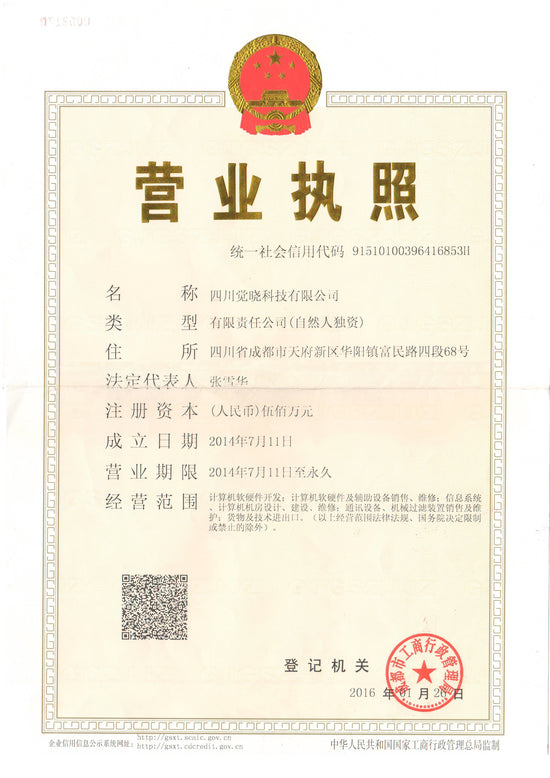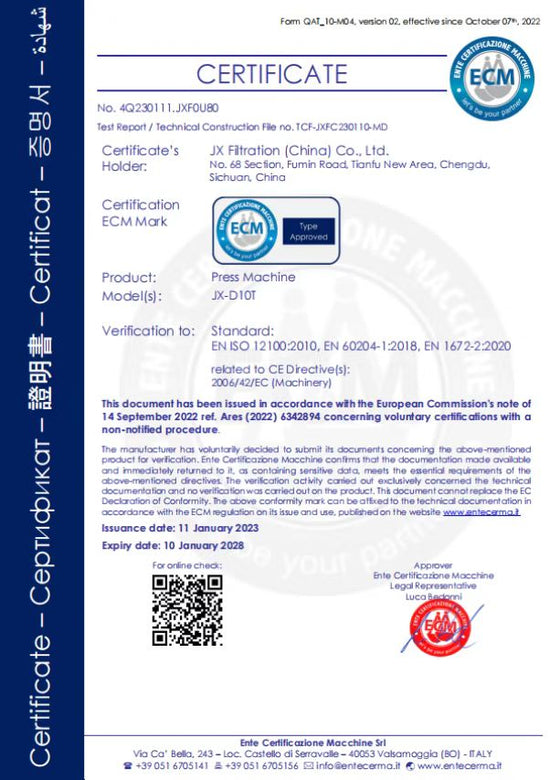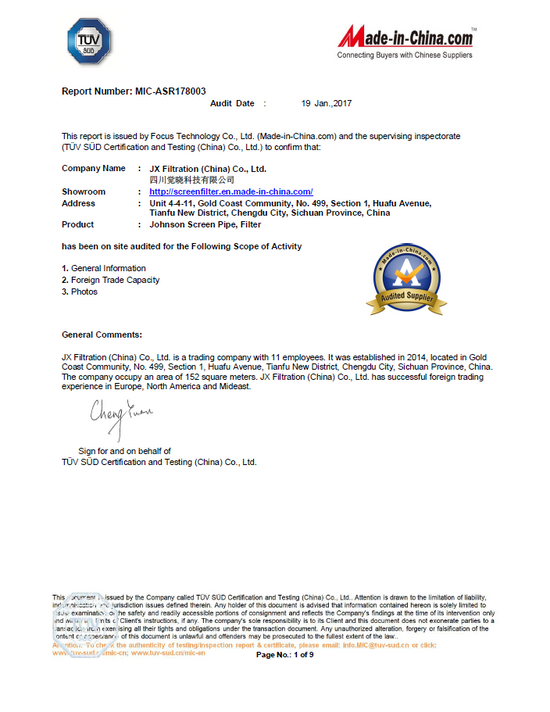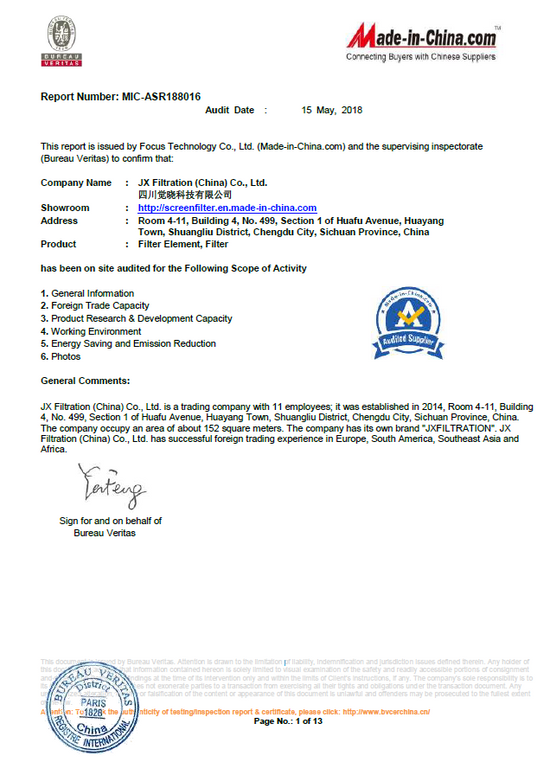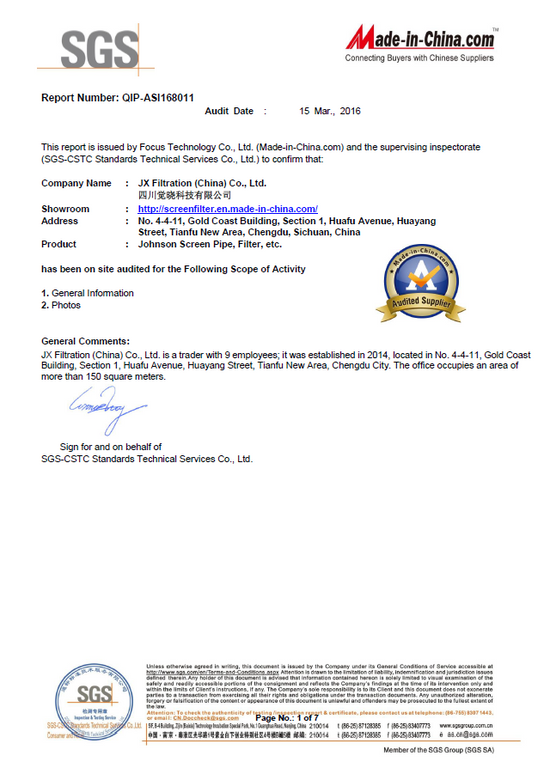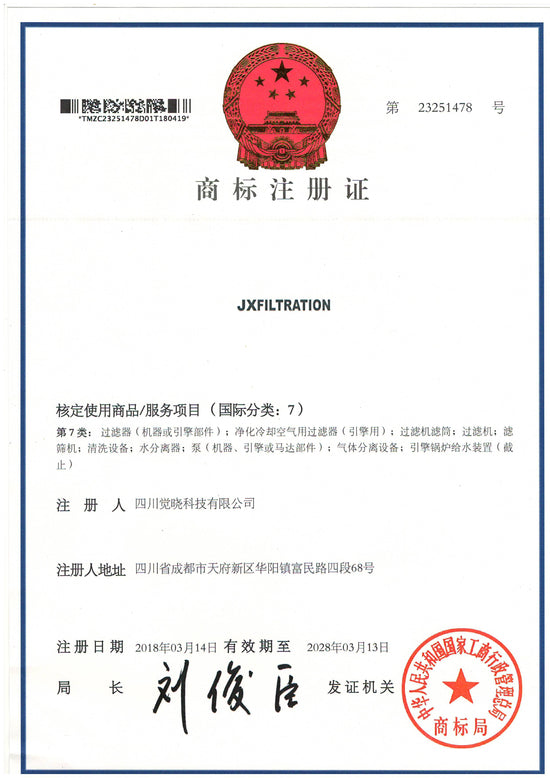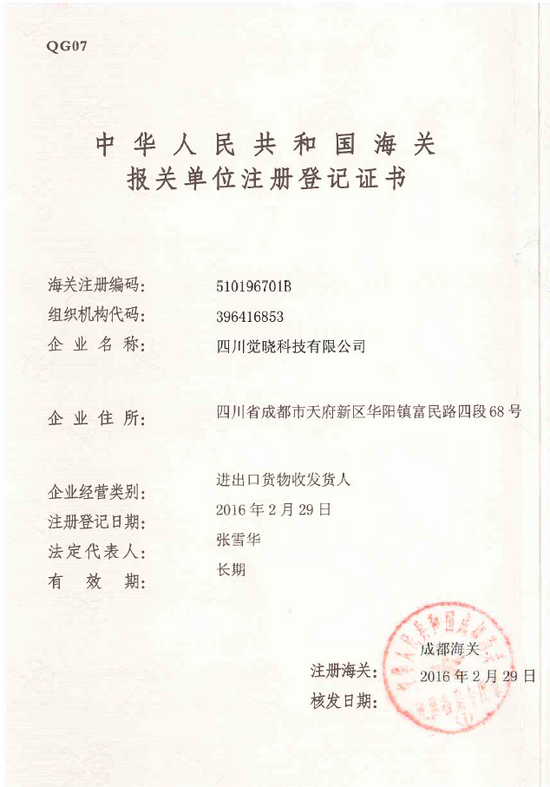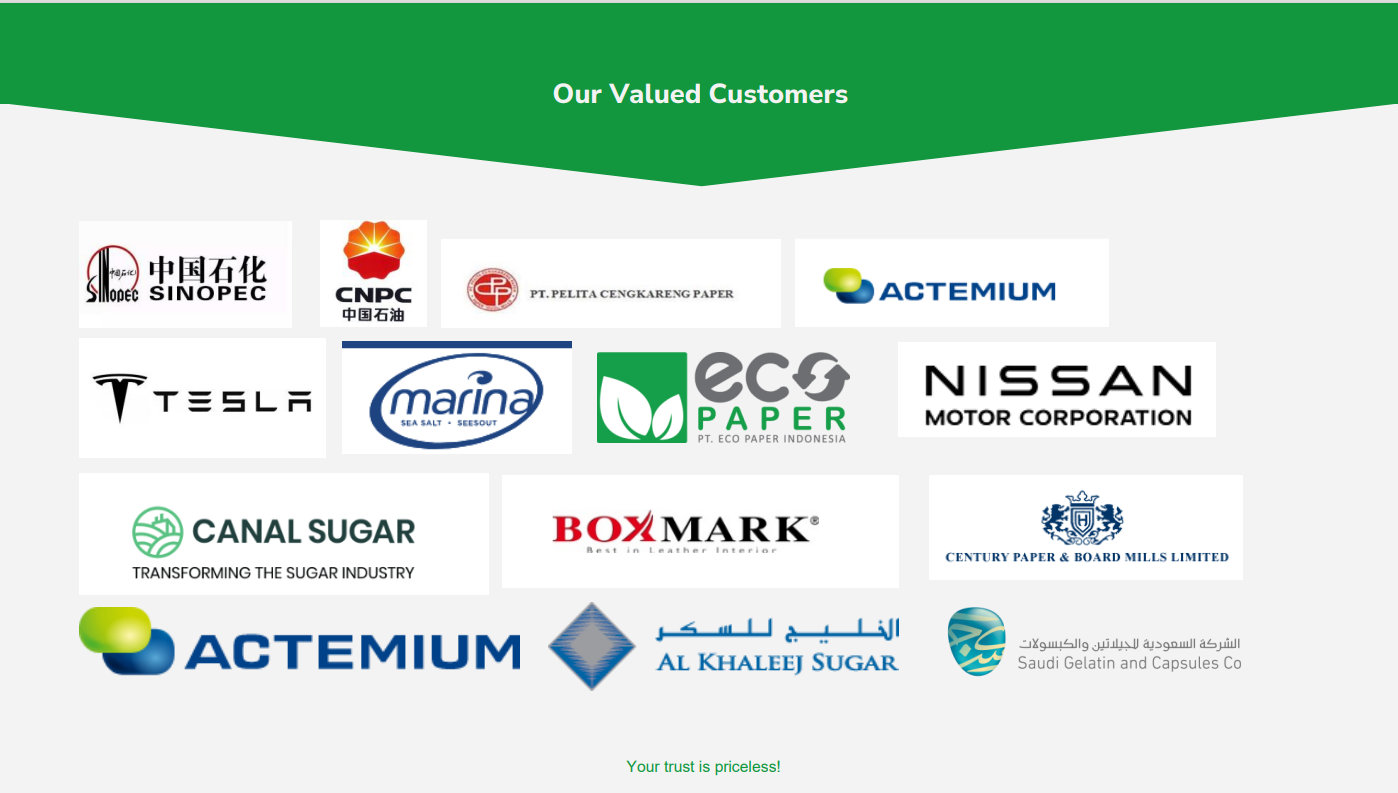The principle of a horizontal decanter centrifuge is based on the use of centrifugal force to separate components of a liquid mixture, typically solid particles from a liquid. Here's how it works:
Feed Inlet: The mixture to be separated is fed into the horizontal decanter centrifuge through a central inlet.
Rotation: The centrifuge bowl or drum, in which the separation takes place, is horizontally oriented and rotates at a high speed. This rotation creates a strong centrifugal force within the drum.
Separation: Due to the centrifugal force, the denser components (usually solid particles) in the mixture move toward the outer wall of the drum. This forms a thick, compacted layer of solids against the drum wall.
Liquid Collection: The less dense component (usually the liquid) forms a layer on top of the solid cake and closer to the center of the drum.
Dual Discharge: There are typically two outlets in the decanter centrifuge. One is for the separated solids, which are continuously scraped or pushed out of the drum by a screw conveyor or scroll. The other outlet is for the clarified liquid, which is collected and discharged separately.
Continuous Operation: Horizontal decanter centrifuges are designed for continuous operation. As the mixture enters the centrifuge, the separated solids gradually accumulate and are pushed towards the discharge end, while the clarified liquid is continuously collected from the other end.
Control: The speed of rotation, the rate of feed, and other parameters can be controlled to optimize the separation process for specific applications.
The key principle here is the high-speed rotation, which generates centrifugal force strong enough to overcome the force of gravity and separate the components of the mixture based on their density. Horizontal decanter centrifuges are widely used in domestic sewage, industrial wastewater, food processing, beverage production, pharmaceutical extraction, marine and energy industries, oil product processing, paint pigment recovery and chemical industries, etc.
Max Treatment Capacity: 130 m3/h
Construction material: Carbon steel, 304 stainless steel, 316 stainless steel, 2205 duplex stainless steel.












